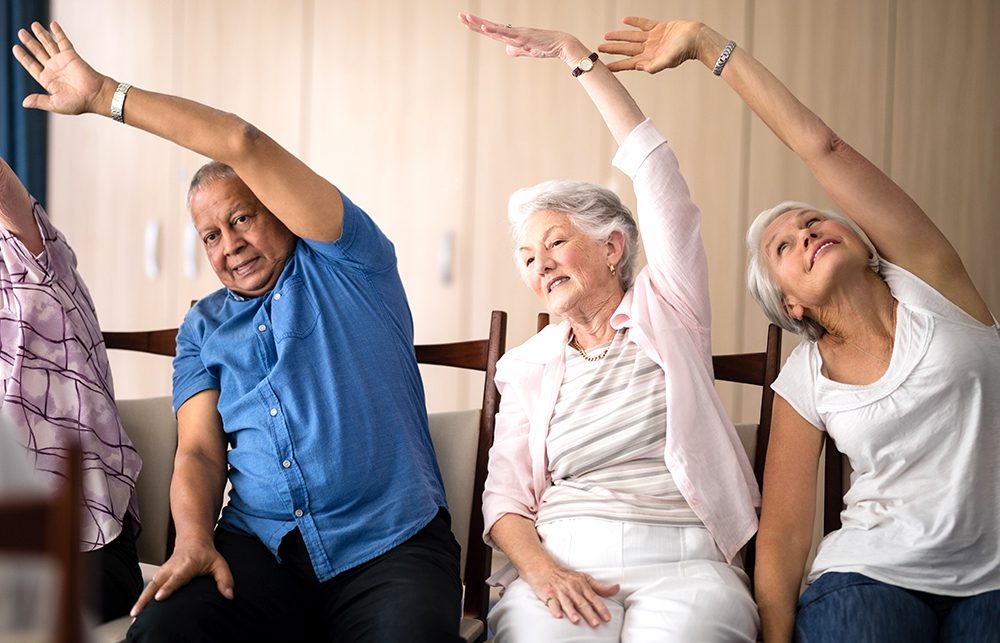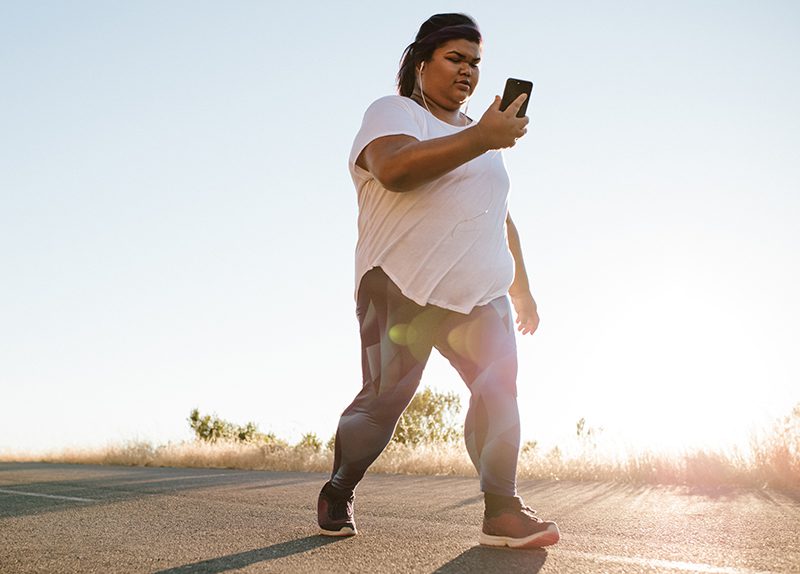Sitting too much can shorten your life
We hear it all the time from our doctors and other health experts. “You gotta get up and get moving or else.” Sitting can have many short and long-term effects on your health and mobility, not to mention the size of your booty. Most importantly, a sedentary lifestyle can lead to an early death. Dr. David Johnson with CMC Primary Care in Little River explains the effects of sitting too much and how you can introduce physical activity back into your life and easily make it a part of your daily routine.
Why is physical activity important?
When you are doing light movements like walking and standing you are still burning calories. When you are at rest like sitting and lying down you are limiting the number of calories your body naturally burns while also affecting other aspects of your health. “When we exercise more, our bodies process sugar more efficiently which helps bring sugar levels down,” said Dr. Johnson. “This is especially important for people with diabetes. Exercise can also help lower blood pressure, promote better heart function, and improve lung capacity just to name a few.”
How do I become more active?
There are multiple reasons why a person may be living a more sedentary lifestyle.
- Mobility issues
- Long working hours that make us tired
- Jobs that require sitting for longer periods of time
- Excessive television viewing
- Time spent on smartphones and mobile devices
- Lack of hobbies with physical attributes
Dr. Johnson believes one of the biggest hurdles people face is understanding what constitutes as exercise and how easy it can be to work physical activity into your daily regime. “A lot of people won’t start an exercise program because they think “ok, I’ve got to go to the gym, and I’ve got to lift weights and use all this difficult looking equipment,” explained Dr. Johnson. “That’s not necessarily the case. Exercise doesn’t have to be a lot. But what it does have to be is a habit. It needs to be part of your daily routine and manageable for you. That doesn’t always need to start with a gym membership for most people.”
What is acceptable physical activity?
Dr. Johnson explains that even if you don’t do a lot of physical activity, there are several things you can do to increase movement. “The activities you participate in aren’t as important as you actually getting up and moving,” stated Dr. Johnson.

“If you have mobility issues that keep you from running or jogging, then walk instead. Grab some small weights and do some upper arm exercises. You can also do chair exercises. When you run your errands, walk a little faster. When you watch tv, do a few exercises during the commercials. You have to start somewhere and begin building your stamina.”
Making it a habit
According to Dr. Johnson, your recipe for success is making exercise a habit. He outlined two important aspects of creating a habit. He recommends finding a protected 30 minutes in your daily schedule that doesn’t normally overlap with other obligations that you will devote to exercise. “It’s important to pick a time where you know other things aren’t going to get in the way. For some people, that’s at the end of the day. For others, that might be early in the morning. But find a time when you can get out and do your activity every day without an excuse.”
When making exercise a habit, consistency is key. “You have to do it every day,” stressed Dr. Johnson. “Some people will say “I’m going to exercise to lose to get into shape and I’ll do this 3 days a week.” Well, what will usually happen is that you’ll exercise that first day, the second day you’re off, the third day something comes up and you can’t get to it, so you say “I’ll do it tomorrow.” Thursday is your day off. Then Friday something else comes up and then the next thing you know it’s 2 weeks and you’ve exercised one day. So doing it every day during a protected time without giving yourself an excuse is vital in creating the habit.”
How can I get started?
In the beginning, you’re focusing on creating the habit and actually figuring out manageable exercises that you can do regularly. Manageable doesn’t mean the same thing for everyone but Dr. Johnson does have an easy plan that most people can start with.

“Grab your tennis shoes, and simply walk out your front door,” Dr. Johnson outlined. “Walk for 5 minutes and turn around and come back. That’s all you need to do. And do that every morning. After about 10 days, you should have the schedule down. It’s helping you and you don’t mind it as much. At that point start going 10 minutes out and then 10 minutes back. Again, you’re not running or anything, you’re just getting out and walking.”
“Get yourself up to walking about 30 minutes a day. Then you can work on adding distance and walking further and faster in your allotted time. Your time’s not going to change but you’re working on increasing your distance out and back. Once you get this down, then it becomes much easier to get out and do some more regular exercise.”
A lifetime of benefits
The most effective thing you can do is to find activities that are fun and bring you joy if you can, but no matter what, do something. “Every little bit you do, will help you feel better,” said Dr. Johnson. “Your mood will improve, your energy levels will get better, some of your conditions will start to improve, and you’ll find your day-to-day activities become easier and easier. Start slow if you have to, but you’ve just gotta do it. You’ve got to make it a habit because the rewards and the improvements in your life are so worth it.”





